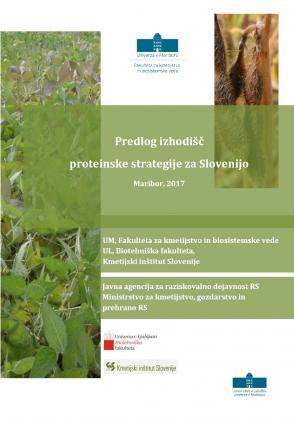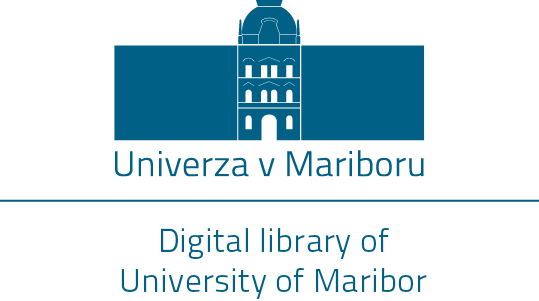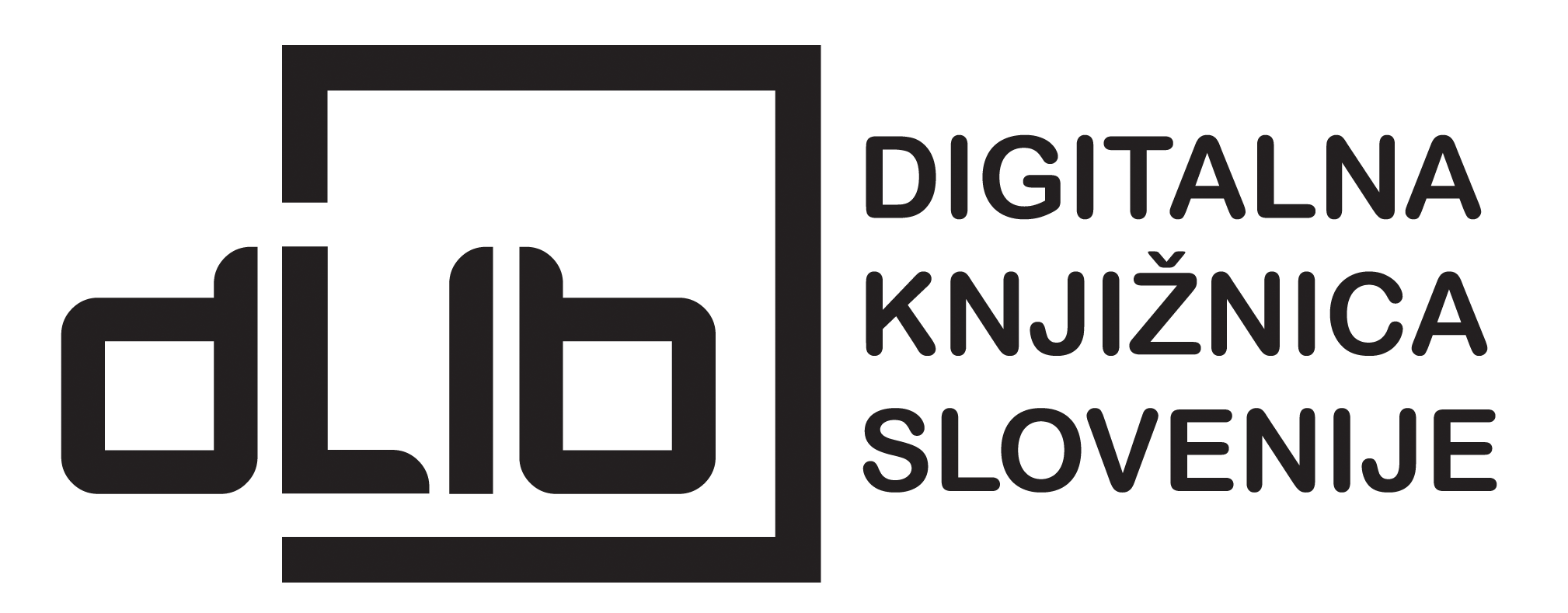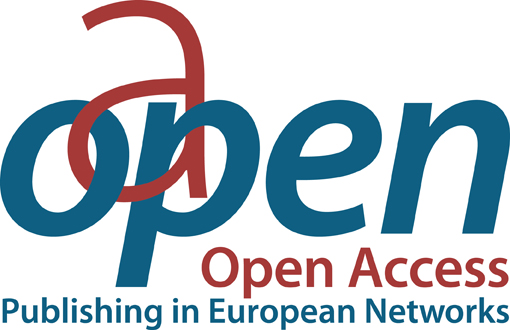Predlog izhodišč proteinske strategije za Slovenijo
Keywords:
strategy, soya, protein, production, SloveniaSynopsis
Proposal of the Starting Point of the Protein Strategy for Slovenia. Due to the large need for soybean, especially the soybean feedingstuffs, the large and almost 100% dependence on imports mainly from South America (Argentina, Brazil) with the predominant production of varieties of genetically modified soybeans, increased demand for GMO-free products and because of the favorable effects associated with the integration of soybean into the rot, it is necessary to gradually increase the production volume of soybeans in Slovenia, or at least maintain the trend of increase in the years 2014-2017. After the public debate at the Soja Conservation at FKBV in Hoče pri Mariboru (March 15, 2017), experts identified the 20% share of soya and other fodder legumes in the sowing structure in relation to grain maize. The mentioned share represents 7,566 ha of sown seeds. Taking into account the yield of 3 t / ha, which, in the opinion of the profession in Slovenia, could be achieved, would produce 22.699 t of soybeans, which is equal to 18.159 t of soybean marc or 18.2% coverage of Slovenian needs. By increasing the area sown to 7,566 ha, the share of legumes in the rotation would increase from 11% to 14,4%. With respect to the symbiotic nitrogen binding, only 60 kg / ha (theoretically 120 kg / ha) is the amount of nitrogen equivalent to 222 kg of KAN or 130 kg of UREA / ha fertilizer. At the national level (7,549 ha) this means 452,940 kg N (1,677.6 t KAN or 984.7 t of UREA fertilizer). In the projection, the calculated amount of mineral nitrogen fertilizers, the use of which replaces the symbiotically bound nitrogen of the soybean crop, also means a lower environmental burden, namely lower CO2 emissions and a lower environmental footprint (calculated in KAN fertilizer for 1,939 t CO2 and 35,173 Gha or converted to UREA fertilizer for 911 t CO2 and 20,979 Gha). Domestic production would undoubtedly also reduce greenhouse gas emissions from soybean production in South America. In order to achieve this objective, it is essential to organize the processing and marketing chain and to create a recognizable product of a particular quality, such as, for example, produced / produced without GMOs and local products, for example according to the scheme selected quality produced without imported GM fodder. In Slovenia, it is also mandatory to introduce a system for the introduction of varieties of grain pulses in a similar way as it is already established in cereals and to accelerate the development of new precise and sustainably oriented production and processing technologies. The realization of up to 25% of the butterflies in the rotation and thus the increased share of soy in the sowing structure with respect to grain maize is a priority of Slovenian agriculture.
Downloads






